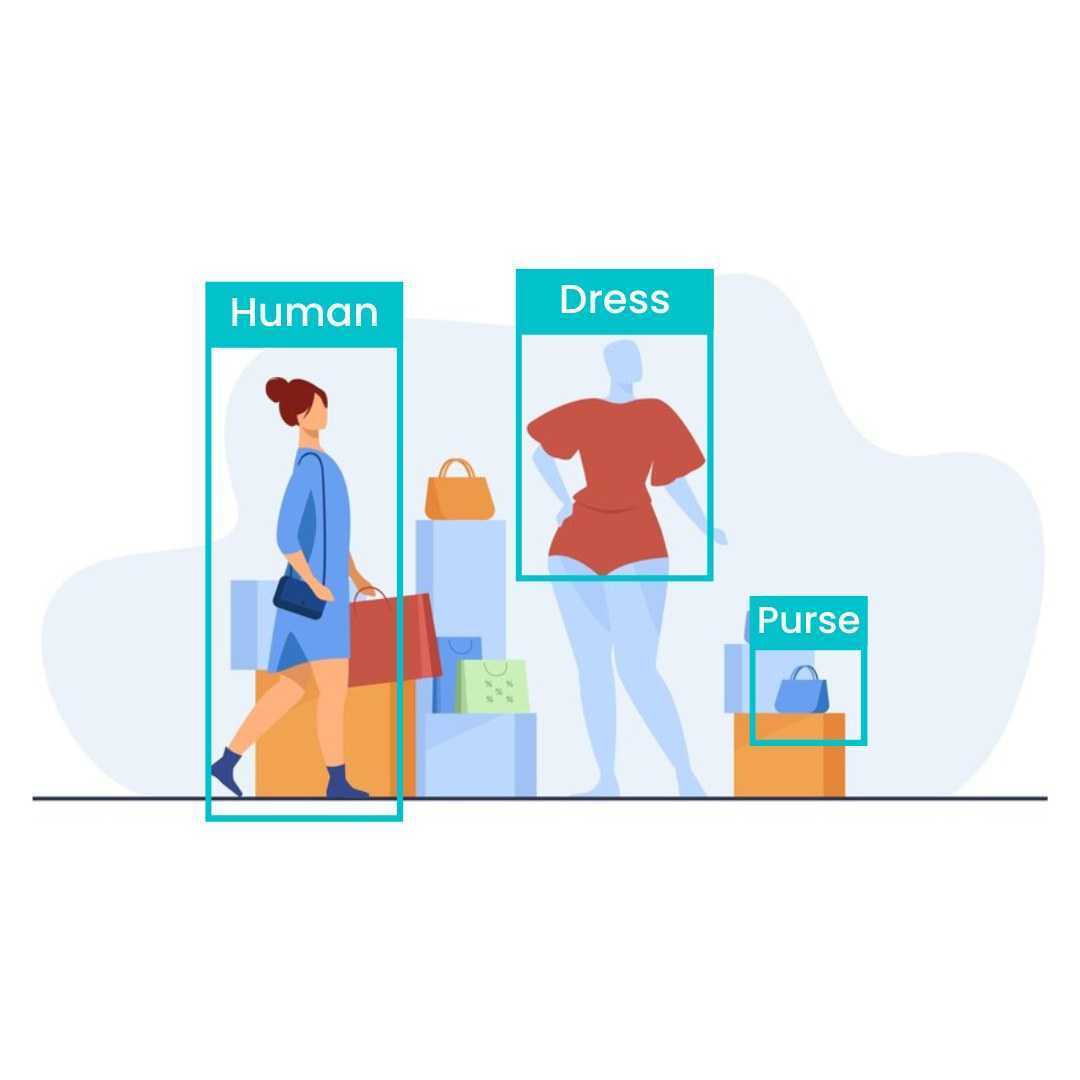AI Surveillance Analytics System
overview
Unlocking Smarter Surveillance: Empowering Security with AI Analytics
AI Surveillance Analytics System is a cutting-edge solution that harnesses the power of artificial intelligence and advanced analytics to revolutionize surveillance capabilities. By seamlessly integrating AI algorithms, machine learning, and data analytics, this system provides real-time analysis and interpretation of surveillance data from various sources.
With the AI Surveillance Analytics System, organizations can enhance their surveillance operations to a whole new level. It offers automated detection, identification, and tracking of objects, activities, and anomalies within monitored environments. From facial recognition and object detection to behavior analysis and pattern recognition, this system enables proactive threat detection, crime prevention, and rapid response to security incidents.
Facial Detection
AI-powered facial recognition technology, within the Quocent AI Surveillance Analytics System helps you accelerate response times by quickly identifying people of interest. It uses artificial intelligence to identify and locate human faces in images, videos, or live camera feeds. It is a subset of computer vision and typically forms the foundation for more advanced applications like facial recognition, expression analysis, or demographic profiling.


Intrusion Detection
This is the process of locating a moving object in a prohibited or restricted area. The algorithm analyses the video frames and outputs the location of moving targets within the frame. It identifying unauthorized access, anomalous behavior, or malicious activities within a computer system, network, or physical environment. It is a critical aspect of cybersecurity and physical security, designed to detect and respond to threats before they cause significant harm.
Loitering Detection
This is different from conventional Intrusion detection systems in terms of Human tracking over the selected zones. Once the system detects the possible Trespasser, then it starts transmitting signals to the security office. It designed to identify individuals or groups lingering in a designated area for an unusual or predefined period without a clear purpose. This behavior can signal potential security threats, such as vandalism, theft, or unauthorized access, making it a crucial feature in modern surveillance systems.


Object Detection
Any object, any size, any color, our vision systems are trained to detect and action with user defined action on object detection. This can be also improvised to count the number of objects in the feed. It identifies and localizes objects within images or video frames. It not only determines the presence of an object but also classifies it and marks its position, often using bounding boxes or pixel-based masks. This technology is widely used across industries for applications like surveillance, autonomous driving, and augmented reality.
Anomaly Detection
Some of the activities such as wake up, look, sit down, eat, drink, leave, come, put up, put down, write etc., which belong to set of defined activities, known as Usual Activity. It identify unusual patterns, behaviors, or outliers that deviate significantly from normal data. These anomalies can signal errors, fraud, security breaches, or novel insights, depending on the application domain.


Number Plate Recognition
Automatic license plate recognition system using Camera mounted over the exposure system image of the license plate is captured and the image is processed to extract the license number. It identifies and extracts license plate information from images or videos. It plays a critical role in applications like traffic management, law enforcement, and access control.
Benefits of Artificial Intelligence
Artificial Intelligence (AI) offers numerous benefits across various domains, enhancing efficiency, decision-making, and overall productivity. It can handle routine and repetitive tasks with minimal human intervention, reducing errors and freeing up human resources for more complex activities. It analyzes vast amounts of data quickly and provides insights for data-driven decision-making. AI-powered tools optimize workflows and improve operational efficiency, leading to cost savings.It tailors experiences to individual preferences, enhancing user engagement and satisfaction. Unlike humans, It can operate continuously without breaks, improving service reliability and availability. It enhances safety in hazardous environments by taking over dangerous tasks. It contributes to sustainability efforts by optimizing resource use and reducing waste. It improves customer interaction through natural language processing (NLP) and sentiment analysis. It reduces operational costs by optimizing resource allocation and minimizing errors.

100% Transparency
Video analytics makes it easier to manage the data. You can decide which information to stream, such as only streaming video when there is a moving object or when an alarm is triggered.
Faster Response Time
The real-time system will provide instant alerts and updates enabling you to respond faster to a potential threat or hazard more quickly on a real-time basis to avoid any threat or mishaps.
Cost Optimization
Through automation and optimized resource allocation, the AI Surveillance Analytics System can lead to cost savings by reducing the need for manual surveillance personnel or inefficient security measures.
Offline Notifications
Video analytics provides instant notifications and alerts whenever the device goes offline due to an error or device tampering thereby keeping the surveillance team updated at all times.
Improved Accuracy
The system’s AI algorithms can analyze vast amounts of surveillance data with high accuracy, minimizing false positives and false negatives in threat detection, leading to more reliable security outcomes.
Advanced Analytics and Insights
By analyzing historical patterns and extracting valuable insights, the system facilitates evidence-based decision-making, helps identify trends, and supports long-term security planning and resource allocation.


